| Brand | POWERTECH |
| Model NO. | Medium voltage XLPE insulated power cable from 6kV up to 30kV |
| Rated voltage | 18/30kV |
| Core | Three core |
| Series | XLPE |
Rated voltage: 3.6/6kV-three core
(ZR)YJV: CU/XLPE/CTS/PVC; (ZR)YJLV:AL/XLPE/CTS/PVC (ZR)YJY:CU/XLPE/CTS/PE;(ZR)YJLY:AL/XLPE/CTS/PE
Parameters
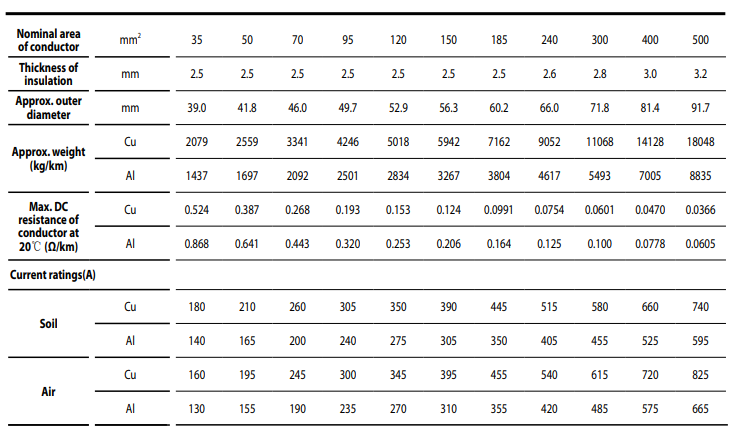
Rated voltage: 6/6kV, 6/10kV-three core
(ZR)YJV: CU/XLPE/CTS/PVC; (ZR)YJLV:AL/XLPE/CTS/PVC (ZR)YJY:CU/XLPE/CTS/PE;(ZR)YJLY:AL/XLPE/CTS/PE
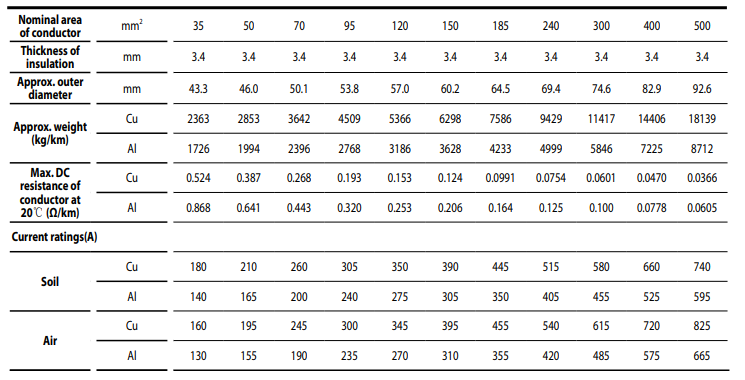
Rated voltage: 8.7/10kV, 8.7/15kV-three core
(ZR)YJV: CU/XLPE/CTS/PVC; (ZR)YJLV:AL/XLPE/CTS/PVC (ZR)YJY:CU/XLPE/CTS/PE;(ZR)YJLY:AL/XLPE/CTS/PE
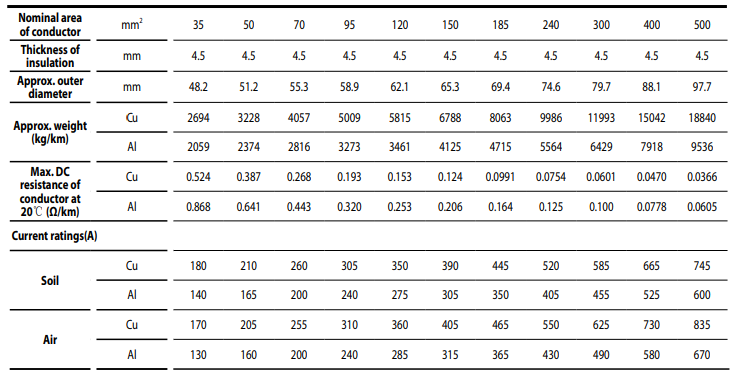
Rated voltage: 12/20kV-three core
(ZR)YJV: CU/XLPE/CTS/PVC; (ZR)YJLV:AL/XLPE/CTS/PVC (ZR)YJY:CU/XLPE/CTS/PE;(ZR)YJLY:AL/XLPE/CTS/PE
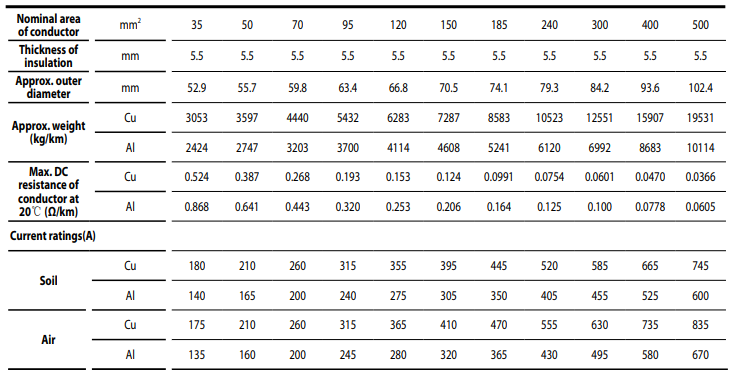
Rated voltage: 18/30kV-three core
(ZR)YJV: CU/XLPE/CTS/PVC; (ZR)YJLV:AL/XLPE/CTS/PVC (ZR)YJY:CU/XLPE/CTS/PE;(ZR)YJLY:AL/XLPE/CTS/PE

Cable code designation

IEC Standards
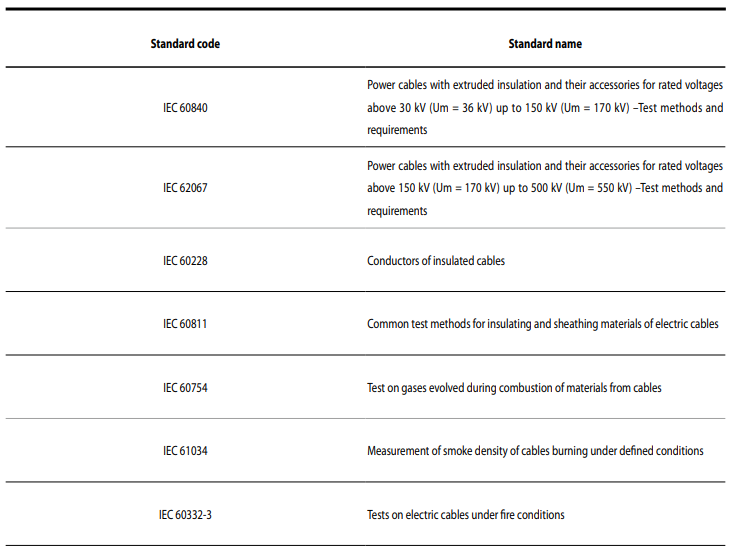
Q: What is an XLPE cable?
A: XLPE cable is a cross-linked polyethylene insulated cable. It uses crosslinked polyethylene as an insulating material to wrap the conductor.
Q: What are the advantages of XLPE cables?
A: First of all, XLPE cable has excellent electrical performance, high insulation resistance and small dielectric constant, which can effectively reduce power loss. Secondly, it has good heat resistance and can operate stably at higher temperatures for a long time, which improves the current carrying capacity of the cable. Moreover, XLPE cable has good mechanical properties, strong tensile strength and wear resistance, and is not easy to be damaged during laying and use. Moreover, it has good chemical stability, strong corrosion resistance and ADAPTS to a variety of environments.
Q: What are the main applications of XLPE cables?
A: It is widely used in the urban power grid transformation, because its stable performance can meet the high demand for power supply in the city. It is also commonly used in the power supply system of large buildings and industrial plants, and the transmission lines from substations to distribution rooms are also used.






